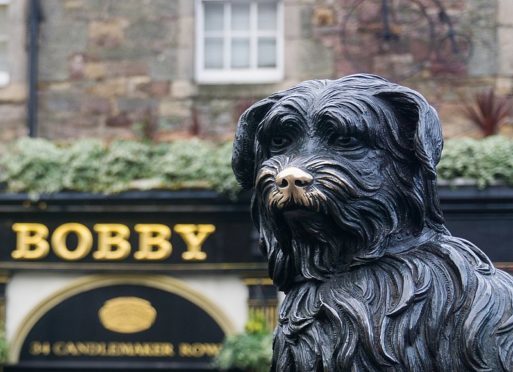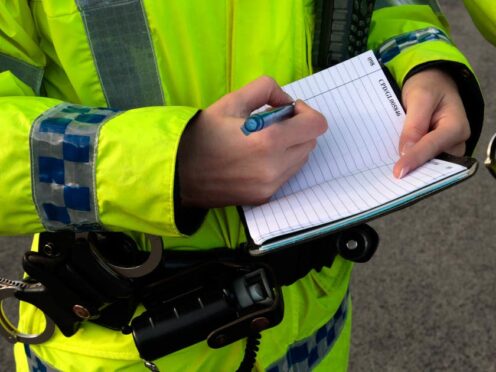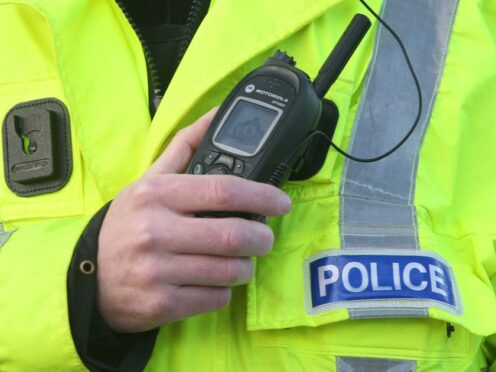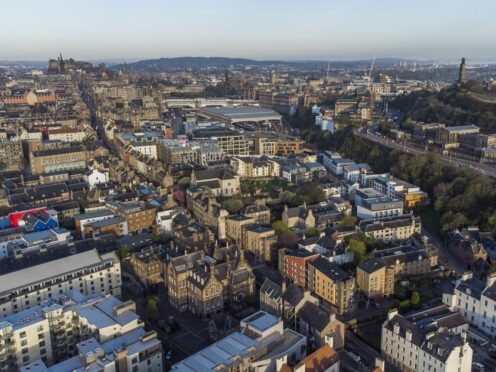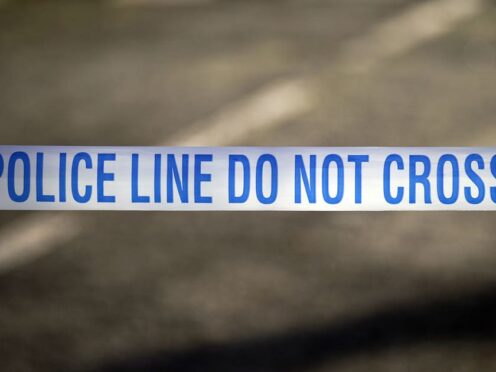It became the final resting place of Scotland’s most loyal dog and was often looted by nefarious body snatchers throughout the 19th century.
Now the fascinating history of Greyfriars Kirkyard in Edinburgh has come to light after the launch of a new book by historian Charlotte Golledge.
Using old newspapers, documents and burial records, the book covers the dramatic history of the grave robbers, Covenanters and famous residents buried on the site.
The origins of Greyfriars go back to the early 15th century, when James I of Scotland granted the land to a monastery.
It also holds one of the greatest collections of 17th-century mural monuments in Scotland with displays of skull and crossbones carvings.
However, the kirkyard is most famously known as being the burial site of the Skye terrier, Greyfriars Bobby, the loyal dog that guarded his master’s grave for 14 years.
Ms Golledge said that she first became interested in the cemetery after watching the 1961 version of the film as a child.
She said: “With a natural fascination of graveyards and a growing library on the subject, in 2004 I started to document the mural monuments on the east wall of the kirk yard for my own enjoyment.
“And so began nearly 15 years of research of one of Scotland’s most important burial grounds.
“While the notable members of Edinburgh society took their leave of this world soon to be all but forgotten, their monuments live on, each with their own story to tell. “
The tour guide is keen to share the extraordinary history of the churchyard as well as tales of the people buried on the site.
The Covenanting movement began with the signing of the National Covenant in Greyfriars Kirk on 28 February 1638.
Following the defeat of the militant Covenanters at Bothwell Brig in 1679, some 1,200 Covenanters were imprisoned in a field to the south of the churchyard.
When, in the 18th century, part of this field was amalgamated into the churchyard as vaulted tombs the area became known as the “Covenanters’ Prison”
Rev Dr Richard Frazer, minister of Greyfriars Kirk, described the book as a “stunning labour of love.”
He said: “It has also come at a fortuitous time, as Greyfriars Kirk will be celebrating its 400th anniversary in 2020 and it will prove an invaluable resource as we celebrate the past and plan for the future.
“Her work highlights the remarkable stories of the people of Edinburgh and Scotland whose endeavour and enlightenment have done so much to shape our modern world.
“By cherishing stories in stone, Charlotte inspires us to become living stones, continuing the task of building a better world of wisdom, justice and peace”.
Greyfriars Graveyard by Charlotte Golledge is published by Amberley Books and can be bought at https://www.amberley-books.com
